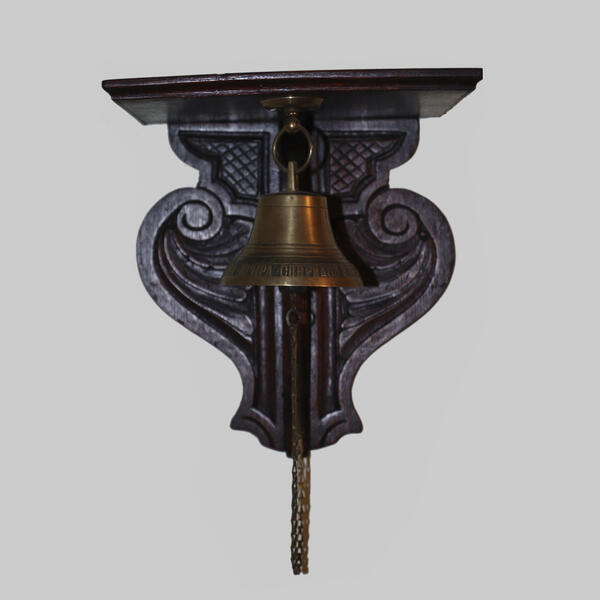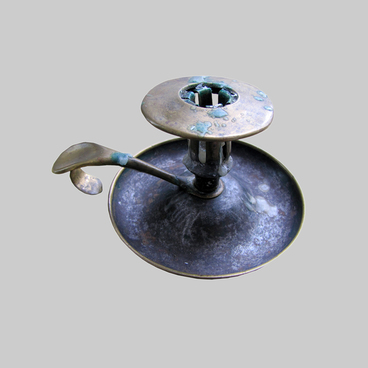In 1863, Yegor Klyuikov converted his own dye shop near the village of Purekh into a foundry. Handicraft production rather quickly became the largest not only in the Nizhny Novgorod province, but throughout the entire Russian Empire. Since 1879, the business has officially moved to the level of the factory industry. Its property included wooden buildings for coal and employees, as well as a stone building with a workshop, warehouse and packing area. The assortment of goods included bells, coachman bells, church bells and even parts of steamers.
It is worth noting that there were from 8 to 15 competing bell-making workshops in Purekhovskaya and Andreevskaya volosts in different years. The families of Vedeneevs, Troshins and Ovechkins left the greatest trace in history.
However, the status allowed Yegor Klyuikov and the team to demonstrate products not only at domestic fairs, but also at international exhibitions. Thus, different models of bells earned 2 gold medals: in 1907 in Brussels and in 1913 in Rome.
The collection of the house-museum has a branded shelf with vase-like shapes. Craftsmen of the late 19th - early 20th century attached a bell with a chain made of golden bronze to the base tinted in ‘mahogany’. On the outer side of the end, there is an inscription ‘Yegor Spiridonovich Klyuikov’s plant in the village of Purekha, the Nizhny Novgorod province’.
Such decorative elements were popular among people living in large settlements, or simply leading a socially active life. As a rule, owners of the house placed a signaling instrument next to the front door. Zhorzhina and Vasily Chicherin did the same so that the guests of the estate could notify servants and family of their arrival.
It is noteworthy that the bell shelf still welcomes visitors to the estate in the bellman’s room. However, the words ‘doorman’ or ‘porter’ became widespread in the Russian language somewhat later than the events described above. In those days, there was a domestic analogue - a ‘doorkeeper’. As in Europe, in Russia the person holding that position wore special clothes, met and saw off visitors.
It is worth noting that there were from 8 to 15 competing bell-making workshops in Purekhovskaya and Andreevskaya volosts in different years. The families of Vedeneevs, Troshins and Ovechkins left the greatest trace in history.
However, the status allowed Yegor Klyuikov and the team to demonstrate products not only at domestic fairs, but also at international exhibitions. Thus, different models of bells earned 2 gold medals: in 1907 in Brussels and in 1913 in Rome.
The collection of the house-museum has a branded shelf with vase-like shapes. Craftsmen of the late 19th - early 20th century attached a bell with a chain made of golden bronze to the base tinted in ‘mahogany’. On the outer side of the end, there is an inscription ‘Yegor Spiridonovich Klyuikov’s plant in the village of Purekha, the Nizhny Novgorod province’.
Such decorative elements were popular among people living in large settlements, or simply leading a socially active life. As a rule, owners of the house placed a signaling instrument next to the front door. Zhorzhina and Vasily Chicherin did the same so that the guests of the estate could notify servants and family of their arrival.
It is noteworthy that the bell shelf still welcomes visitors to the estate in the bellman’s room. However, the words ‘doorman’ or ‘porter’ became widespread in the Russian language somewhat later than the events described above. In those days, there was a domestic analogue - a ‘doorkeeper’. As in Europe, in Russia the person holding that position wore special clothes, met and saw off visitors.



